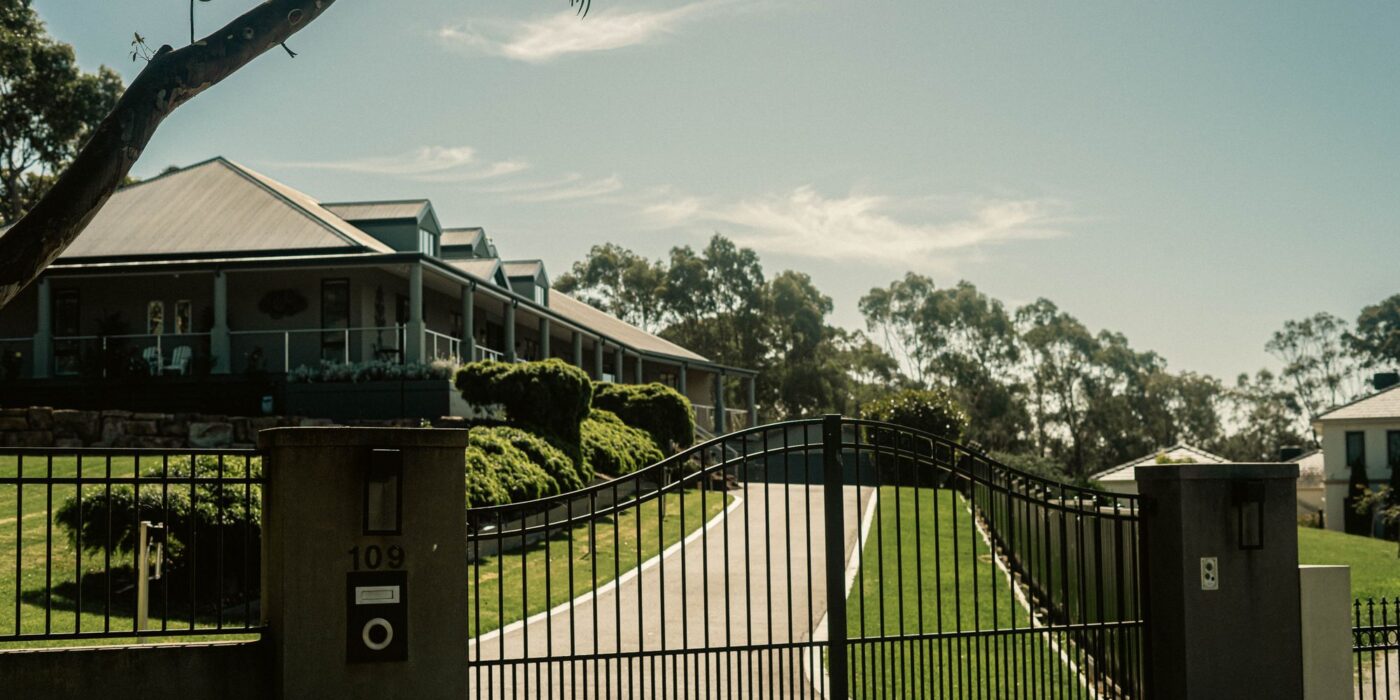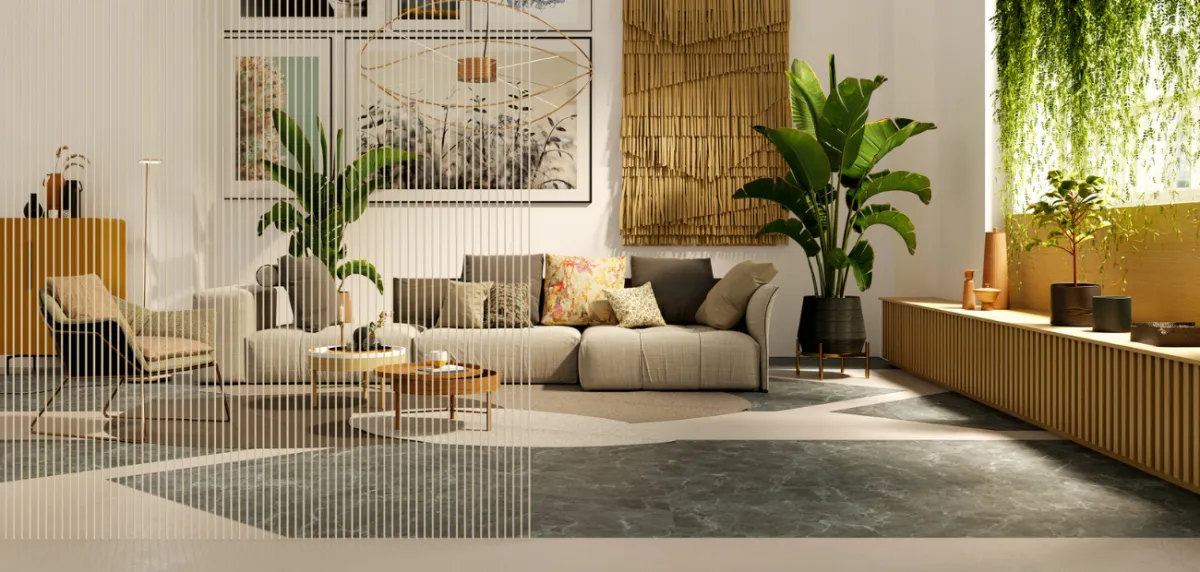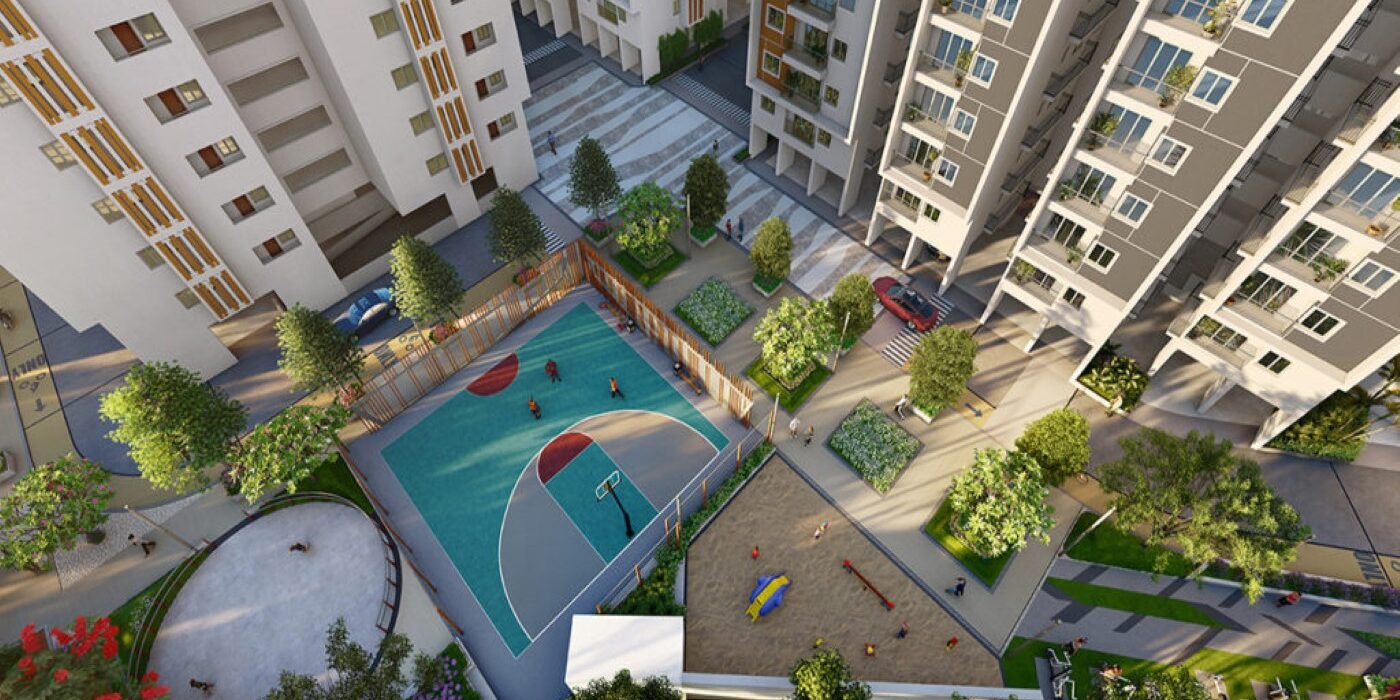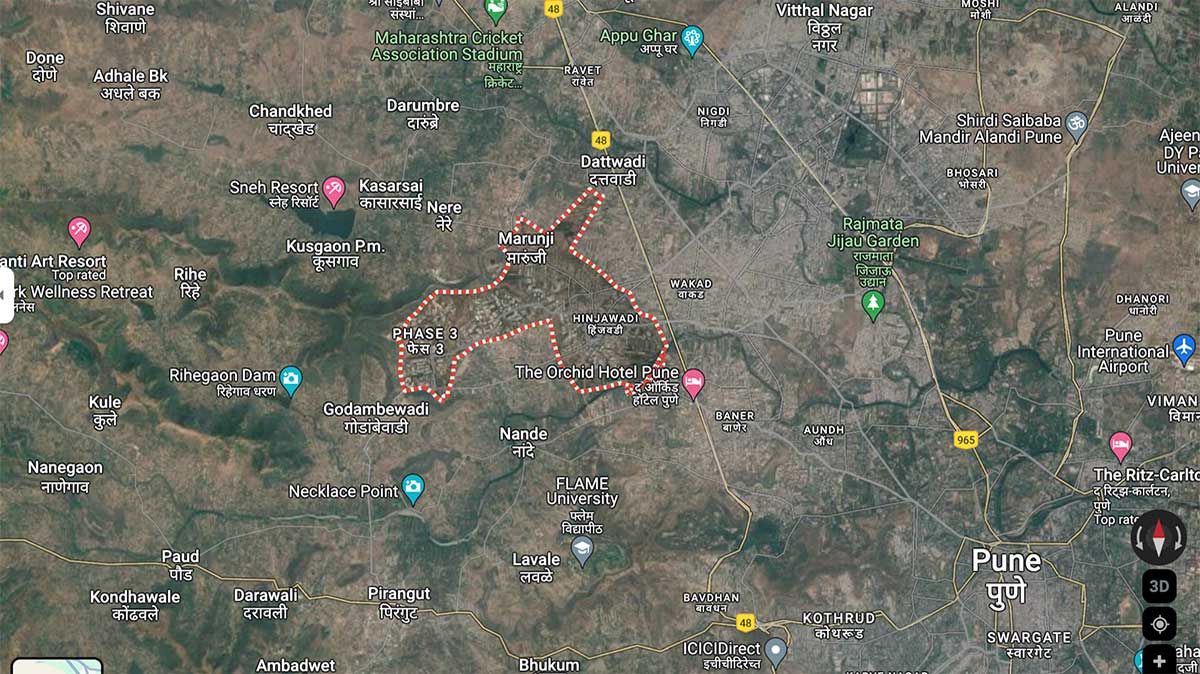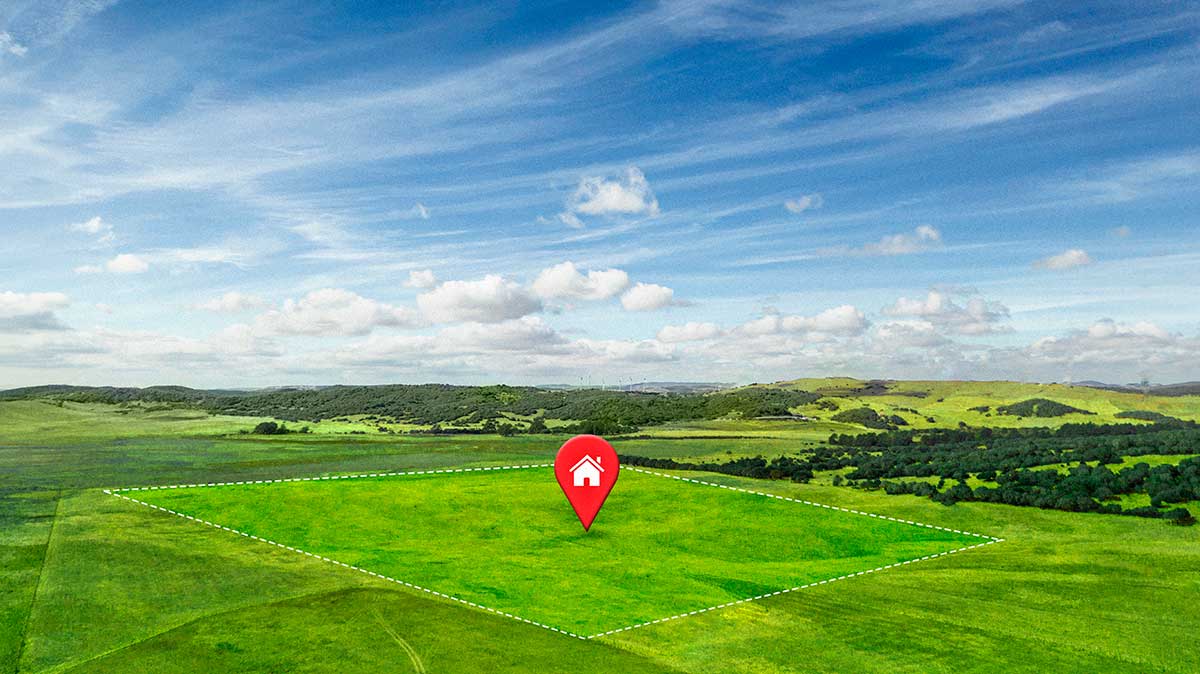Cultivating Serenity: Landscaping Techniques for Urban Oases
Amid urban sprawl, the quest for tranquillity often leads city dwellers and planners to innovate within limited spaces. The integration of natural landscapes into urban environments is not just an aesthetic choice—it’s a necessity for mental well-being and environmental health. This blog explores how modern cities can embrace landscaping techniques to create peaceful, green sanctuaries known as urban oases.
Vertical Gardens: Maximizing Limited Spaces
Vertical gardens are a transformative solution for city landscapes, turning bland walls and facades into lush, living tapestries. By installing vertically oriented planters, cities can increase greenery without requiring expansive horizontal spaces. These gardens not only beautify urban areas but also improve air quality and reduce the urban heat island effect.
Rooftop Gardens:
The Sky’s the Limit Rooftop gardens take the concept of green spaces to new heights—literally. Unused rooftops offer valuable real estate for creating peaceful retreats or even small-scale agricultural plots in the heart of the city. Besides providing residents with a place to unwind or commune with nature, these gardens can also insulate buildings, reducing energy costs for heating and cooling.
Water Features:
A Flow of Tranquility Incorporating water features such as fountains, ponds, or reflective pools can significantly enhance the serenity of urban landscapes. The sound of water is inherently soothing and can mask city noise, creating a quieter, more meditative environment. These features not only serve as focal points of beauty but also help in cooling the surrounding areas during hot weather.
See also: A Guide to Buying in Gated Communities: Privacy, Security, and Exclusivity
Sustainable Plant Choices:
Going Native Choosing the right plants is crucial for sustainable urban landscaping. Native species are more likely to thrive with minimal intervention, reducing the need for water, pesticides, and fertilizers. They also provide essential habitats for local wildlife, promoting biodiversity in urban settings.
Community Engagement:
Green Spaces as Social Spaces Beyond their environmental and psychological benefits, urban oases can foster a sense of community. Community gardens, shared green roofs, and parklets are places where residents can meet and build relationships, strengthening community bonds and encouraging active participation in maintaining and enhancing these green spaces.
As cities continue to grow, the need for green spaces becomes more acute. By adopting innovative landscaping techniques, urban planners and residents can transform their concrete environments into vibrant, healthy, and serene oases. These green spaces are not just escapes from urban life but integral parts of living sustainably and happily in our cities. They remind us that even in the busiest of settings, peace and nature can find a place to thrive.


